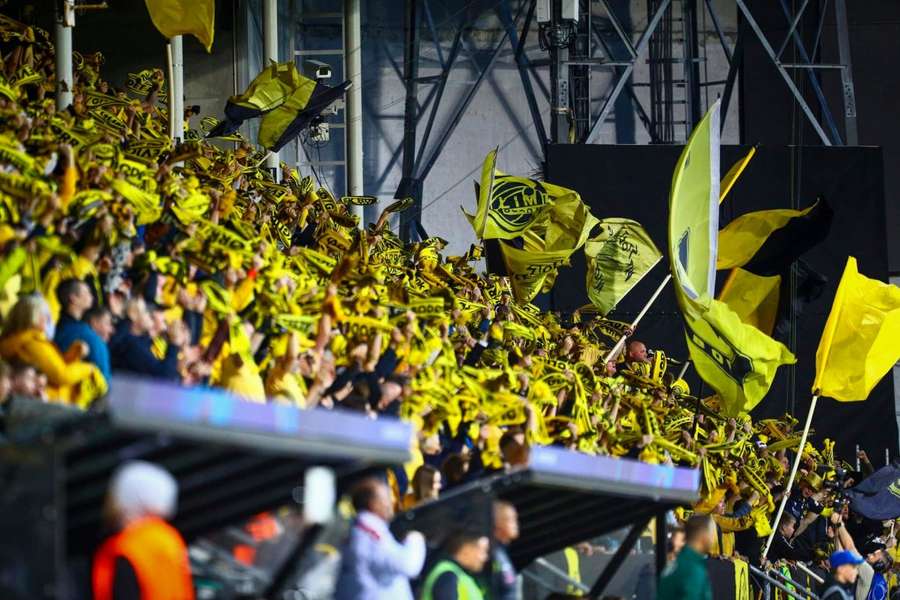After the bankruptcy, the club's loyalists took over, including Havard Sakariassen, who retired and became one of the club's officials. A few years later, Bodo/Glimt returned to the top flight and is now enjoying the best period of its history.
It has won four titles in the last five years and has succeeded in nurturing many talents for the more prestigious teams in Europe. And Sakariassen, as the club's sporting director, is at the very heart of it.
"A few years ago, it might not have been very attractive for young players to go and play football outside the Arctic Circle. It might have sounded crazy to some people. But now it's different, everything has changed dramatically.
"The players are well aware that we have built something over the last few years and are interested in being part of our journey," Sakariassen explains in an exclusive interview with Flashscore.
"Of course, it's true that winters are quite dark here in the Arctic Circle. But then again, we have really nice summers here, so there's no reason for anyone to be afraid to come here."
Continuity is the key to their success. Head coach Kjetil Knutsen is in his eighth season in the dugout, but the long-standing concept has an even longer tradition.
In fact, Bodo hasn't changed its formation in an incredible 50 years.
"Back when the team won the Norwegian Cup in the 1970s, we played a 4-3-3 formation, which has lasted all the way up to today,” the sporting director stated.
“Of course, we've probably modified it a bit, but the basis is the same. Attacking football is in our club's DNA, and it doesn't matter if we play against a second-tier opponent in the Norwegian Cup or a famous team in the European cups.
“There is no way that we will adjust our tactics for a match and play sloppy, that's just not possible here.”
At the same time as the club grew, Sakariassen had to adjust the way he thought about his job, which he still considers one of the most important moments of his managerial career.
“We all had to show courage that we really wanted to move up. Transfer sums are an example. Six years ago it was great for a club from Norway to sell a player for a million euros.
“But the question had to be asked why we couldn't sell players for the same money that they leave for, for example, from Denmark. And hand-in-hand with that, we should also dare to invest more in arrivals.
“We managed this transformation only thanks to the courage of the people at the club," adds Sakariassen.
In the last two years, this change of mindset has enabled the club to sell Albert Gronbaek, Faris Moumbagna and Hugo Vetlesen together for more than 30 million euros.
Nevertheless, Bodo/Glimt is still a smaller club by European standards, but it manages to maintain a stable performance and occasionally surprise a much more famous opponent on the continent.
"We work here according to our credo, which is described by the word ‘Vardesmate’, translated as 'our way'.
“We try to use the full potential of the people at the club, people who come from Bodo and the success of the team is a matter of the heart for them. It brings everyone together.
“Financially, we can't match many of our rivals, but we can try our best to do everything for free. It starts with the atmosphere in the booth and the culture of the club. That is absolutely central to our success."
The fans in the city really appreciate the work of the people at the club. Moreover, he knows many of them personally as his neighbours, Sakariassen himself grew up in a house 50 metres from the stadium and has been kicking a ball at the club he now heads since he was 10.
"Our fans are amazing. We can fit 8,000 people in our stadium, and when it fills up it gives you chills.
“They all sing chants and drive us forward - 15% of all the people in our city are in the stadium with us for the biggest games. I think that's a pretty good statistic," Sakariassen concludes with a pleasing smile.
He and the whole of Bodo/Glimt are a great example that when football is done with love, it can thrive anywhere - maybe even in the Arctic Circle.
